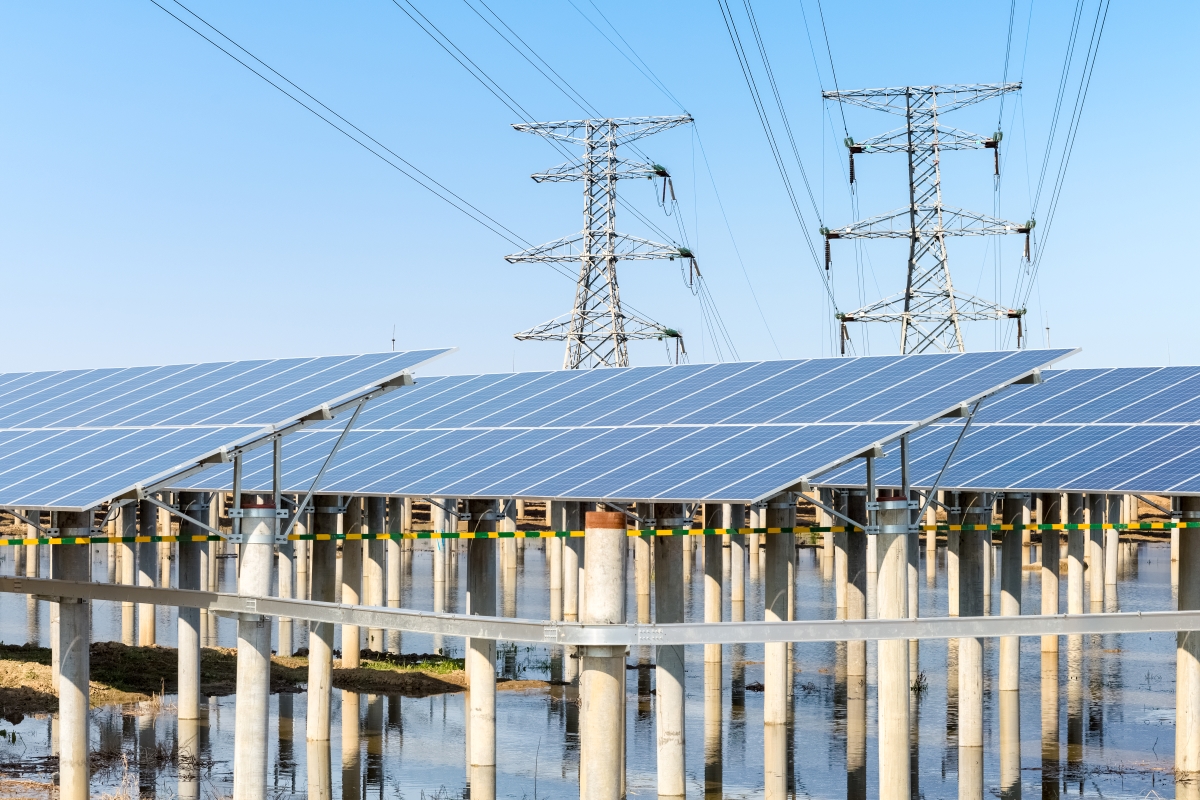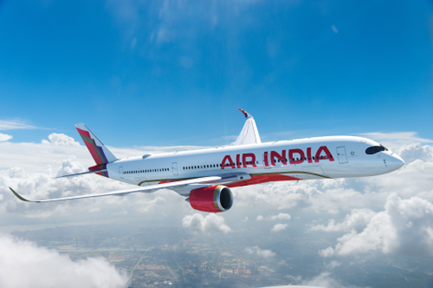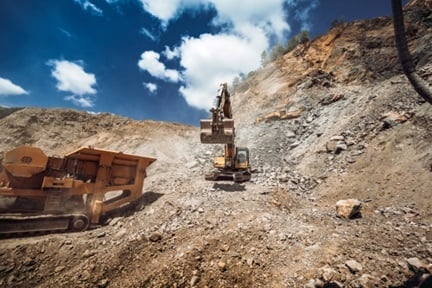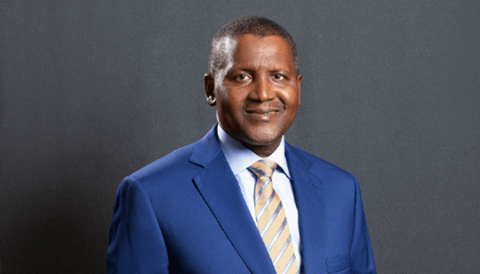Africa’s US$90bn power plan holds promise for Singaporean investors
Mission 300 initiative seeks to connect 300m Africans to power grids by 2030

An ambitious initiative spearheaded by the World Bank and the African Development Bank (AfDB) aims to provide electricity access to 300m people in Africa by 2030, presenting potential long-term capital investment opportunities to Singapore-based financial institutions. Dubbed Mission 300, the project seeks to mobilise substantial private sector financing to supplement the $30bn committed by development banks.
The World Bank has pledged US$25bn to the programme, while the AfDB has committed $5bn. However, the total financing required to meet Mission 300’s ambitious goals far exceed what these institutions can provide alone. The two multilateral banks aim to unlock a total of US$90bn for the African power sector. This is where Singapore banks and financial institutions like GIC and Temasek can come in. Their contribution to this endeavour could help unlock the US$90bn the two multilateral banks are trying to mobilise for the African power sector.
Earlier this month, the Rockefeller Foundation and the Global Energy Alliance for People and Planet announced their support for Mission 300, along with the creation of a technical assistance facility that will evaluate projects and help secure funding for those that meet the programme’s criteria. Andrew Herscowitz, former head of Power Africa, has been appointed CEO of the M300 Accelerator – a unit established by the Rockefeller Foundation to coordinate and support the various stakeholders involved in the initiative.
Some 600m people in Sub-Saharan Africa (SSA) are said to lack reliable, grid-connected electricity. This leaves many reliant on firewood, charcoal, or costly and polluting generators for basic needs such as cooking, heating, and lighting. Mission 300 aims to change this, either by connecting people to existing electricity grids or through distributed renewable energy solutions. These include mini-grids powered by solar panels and standalone solar installations.
The success of Mission 300, however, will depend heavily on the financial viability of power projects and the ability of African governments to reform their utilities and keep them financially stable. Public power utilities often do not collect enough payments from customers to cover the cost of the electricity they buy from generation companies. This can push them into the red and discourage investment in new power generation projects. The World Bank says priority should be to improve the performance of these utilities by reducing their commercial losses. One way to do that is the installation of prepayment meters, which has now been widely adopted across Africa.
Some of the World Bank’s ongoing regional energy programmes will be aligned with Mission 300’s goals. One existing initiative is the Accelerating Sustainable and Clean Energy Access Transformation (ASCENT) programme, which aims to connect 100m people across 20 countries in Eastern and Southern Africa. It has already begun operations in Burundi, Rwanda, Somalia, and Tanzania. In West Africa, the Nigeria Distributed Access through Renewable Energy Scale-up (DARES) project will benefit over 17.5m Nigerians, replacing more than 250,000 diesel generators.
References
‘New partnership aims to connect 300 million to electricity by 2030’, The World Bank Group, 17 April 2024
‘World Bank announces plan to bring power to 300 million in Africa | Global stage’, GZERO Media, 19 Apr 2024
‘Why Africa's power partnership with the World Bank should attract investors | Global stage’, GZERO Media, 19 April 2024
‘Five ways the World Bank Group will achieve “Mission 300”’, The World Bank Group, 19 September 2024
‘A $90 billion World Bank plan to electrify Africa gets underway’, Bloomberg, 20 September 2024
‘GEAPP, Rockefeller Foundation, SEforALL advance World Bank & AfDB mission to electrify 300 million in Africa’, The Rockefeller Foundation, 20 September 2024














/enri-thumbnails/careeropportunities1f0caf1c-a12d-479c-be7c-3c04e085c617.tmb-mega-menu.jpg?Culture=en&sfvrsn=d7261e3b_1)

/cradle-thumbnails/research-capabilities1516d0ba63aa44f0b4ee77a8c05263b2.tmb-mega-menu.jpg?Culture=en&sfvrsn=1bc94f8_1)







